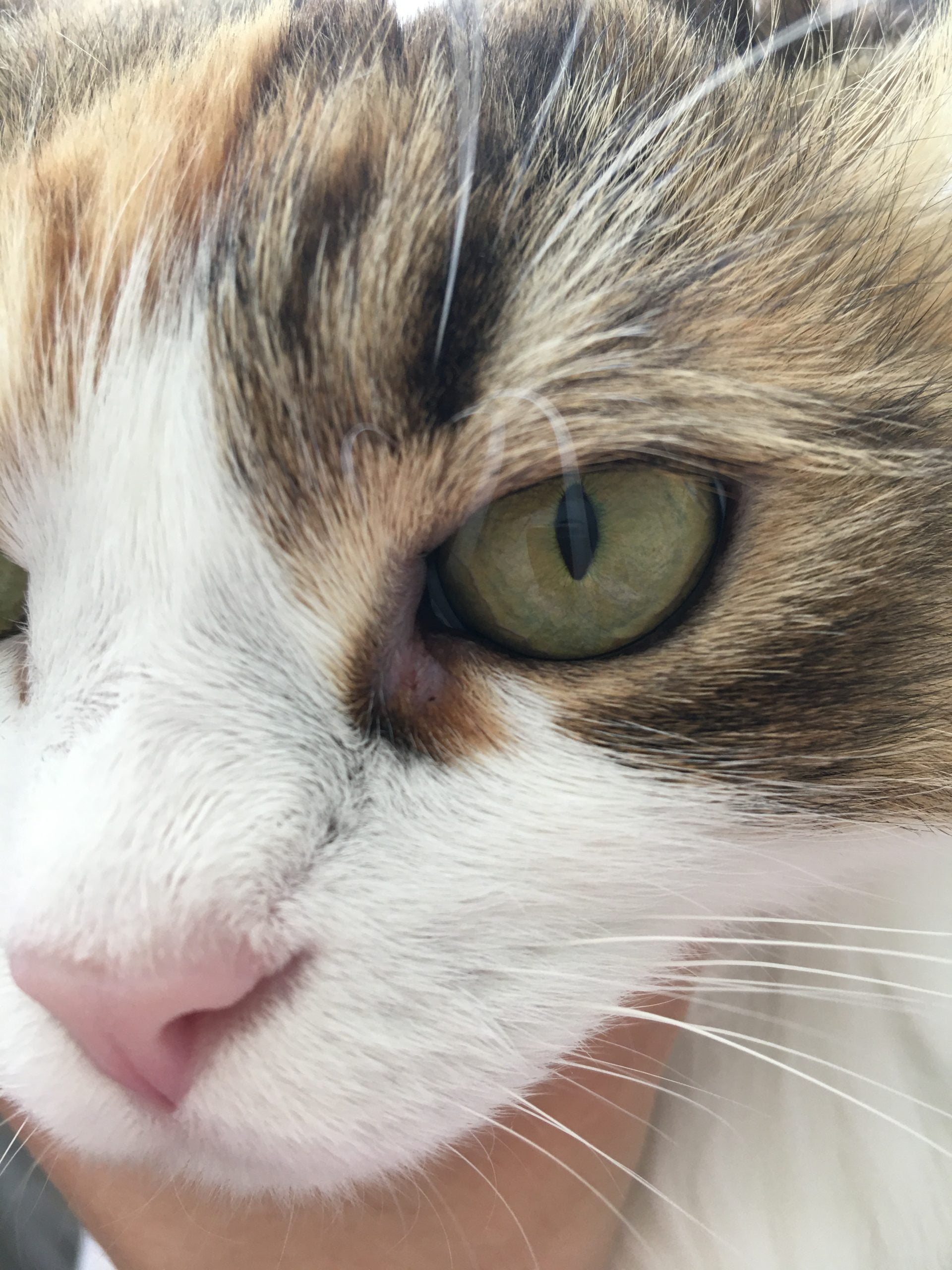Table Of Content

It can be a topical antibiotic applied to the affected area or an oral antibiotic. It is important to maintain good hygiene practices to prevent the spread of folliculitis. This includes washing your hands regularly, avoiding sharing personal items such as towels and razors, and keeping your skin clean and dry. If you experience symptoms of folliculitis, consult a dermatologist for proper diagnosis and treatment. If bacteria inflame your hair follicles for a long time, your immune system may attack them, leading to hair loss.
How to Identify, Treat, and Prevent Infected Ingrown Hairs
A dermatologist, a medical doctor who specializes in the diagnosis and treatment of skin conditions, will examine your scalp. Your provider may use a magnifying device to view the pustules more clearly. Follicles are the bulb-shaped root that anchors hair to your scalp and generates new hair. Bacteria trapped in the inflamed hair follicle can cause small pus-filled bumps called pustules to form. Folliculitis decalvans is a rare condition that causes ongoing (chronic) inflammation of your hair follicles and scalp.
Folliculitis symptoms
Since impetigo is contagious, the wounds on the scalp should be covered as best you can to avoid spreading the infection to others. Yeast, a type of fungus, that can lead to a scalp infection include Candida and Malassezia. Treatment for scalp infections will vary depending on the cause. There will be a painful bump and swelling, and you may notice pus.
Types of Folliculitis

Some studies suggest that methyl aminolevulinate photodynamic therapy (MAL-PDT) helps. The chemical reacts to a special light to kill bacteria and cells. Several strands of hair grow from the same follicle, like bristles on a toothbrush.
This type of treatment can help improve symptoms of deep folliculitis. It develops when shaved hairs curve back into the skin, leading to inflammation. Cysts near the groin typically result from a blockage of hair follicles or oil glands, which accumulate dead skin cells or sebum. On the whole, it’s important that you speak with your doctor about any symptoms you’re experiencing. A dermatologist can provide a proper diagnosis, and select a personalized treatment that will help restore health to you hair and scalp. A dermatologist can help determine which condition you have.
Razor Bumps: How to Treat and Prevent Them - Glamour
Razor Bumps: How to Treat and Prevent Them.
Posted: Wed, 12 May 2021 07:00:00 GMT [source]
Vaginal Folliculitis and Treatment Options
How To Get Rid of Scalp Acne & Clogged Pores on Scalp SELF - Self
How To Get Rid of Scalp Acne & Clogged Pores on Scalp SELF.
Posted: Fri, 18 Mar 2022 07:00:00 GMT [source]
If the hair is near the skin’s surface, however, you may be able to remove it by gently grasping it with sterilized tweezers. You can use one of these emollients as a soap substitute until the folliculitis has cleared. Specific preparations for the bath or shower are available - for example, Dermol® 200 Shower Emollient, Dermol 600® Bath Emollient and Oilatum® Plus bath additive. For eosinophilic folliculitis, your doctor may recommend a steroid cream to help with itching.

Wearing tight fitting clothing, especially during warm months can put you at increased risk for creating inflammation. One type of folliculitis can even be caused by being in a hot tub, so keep an eye out for inflammation if you like to sit in hot tubs. Folliculitis is diagnosed by the location of the swellings around the skin hairs, and by the presence of risk factors in your history. Staph folliculitis is very frequent, and it is treated with local antibiotic creams and skin cleansers. Sometimes it may mimic other skin conditions like a heat rash, but tests will reveal the true diagnosis.
If you have severe scalp folliculitis that's resistant to treatment, you may experience hair loss and scalp changes. Recurring scalp folliculitis will need to be treated by a healthcare provider. With so many different causes and variations of scalp folliculitis, managing the condition at home without professional help can lead to further problems.
Causes of folliculitis
In severe cases, your doctor may make a small cut in an infected follicle to help it drain and heal. In general, you’re more likely to get the condition if you have damaged follicles. This can happen from things such as shaving, skin injuries, sticky bandages, and tight clothes.
Recurrent folliculitis occurs when the infection keeps coming back, although it disappears with treatment. The gaps between episodes may get shorter and, eventually, chronic folliculitis is the result. Unfortunately, hair loss from folliculitis decalvans is permanent. If you notice symptoms, seeking treatment right away may help you minimize hair loss. A staphylococcus infection (staph infection) may be to blame.
You can remove ingrown hairs with sterilized tweezers or seek a professional dermatologist or aesthetician certified in genital hair removal. Scalp folliculitis is a skin condition which involves inflammation of the hair follicles. Causes of this inflammation may include ingrown hairs, infection, and medication side effects. Contact a dermatologist, a type of healthcare provider who specializes in skin conditions. They will be best prepared to develop a treatment plan suited for someone with recurrent scalp folliculitis. Folliculitis is the inflammation of hair follicles due to an infection, injury, or irritation.
It’s also good to know what triggers your folliculitis so you can avoid those things in the future. For example, if you know that you get folliculitis after going in a hot tub, then you might want to make sure the chemicals are at full-strength before getting in. Folliculitis can appear at first glance like an acne breakout, according to the American Academy of Dermatology. The condition features small areas of raised, red, or white bumps. The fluid-filled bumps can crust over and become painful and itchy.
Folliculitis is an inflammation of one or more hair follicles. It is most often seen in the beard area (called ‘barber’s itch’), the arms, back, buttocks and legs. However, viruses such as herpes zoster, and fungi, such as Microsporum, or yeast organisms like Malassezia, may also cause folliculitis.














